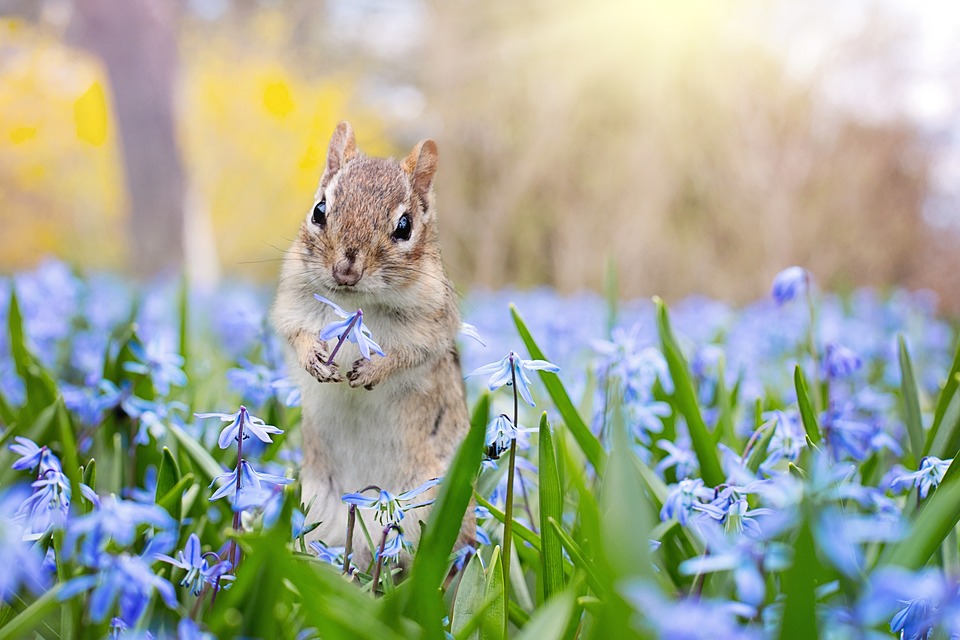Introduction
Having a beautiful outdoor garden can be a satisfying and enjoyable addition to your home. However, maintaining a garden can sometimes become a time-consuming and laborious task. If you’re looking to create a low-maintenance outdoor garden that thrives without constant attention, this article is for you.
Choosing the Right Plants
The first step to creating a low-maintenance garden is to choose the right plants. Opt for native plants that are well-suited to the local climate and soil conditions. They require less water, fertilizer, and pest control, making them easier to care for. Choose plants that are known for their durability and ability to withstand various weather conditions, such as succulents, ornamental grasses, and native shrubs.
Designing for Minimal Upkeep
Proper garden design can significantly reduce the need for maintenance. Consider using mulch to suppress weeds and retain moisture in the soil. Grouping plants with similar water and sunlight requirements together can help streamline your watering schedule. Incorporate hardscaping elements like paths, rocks, and raised beds to minimize the area that needs regular attention. By designing your garden with minimal upkeep in mind, you’ll save time and effort in the long run.
Implementing Smart Watering Techniques
Watering is one of the most time-consuming tasks when it comes to garden maintenance. To reduce water consumption, invest in an automated irrigation system with a timer. This allows you to set specific watering schedules based on your plants’ needs. Additionally, consider utilizing drip irrigation or soaker hoses, which deliver water directly to the base of the plants, minimizing evaporation and weed growth. Applying mulch around your plants will also help retain moisture and minimize the need for frequent watering.
Reducing Weed Growth
Weeds can quickly take over a garden and require constant attention. To reduce weed growth, apply a layer of mulching material, like wood chips or gravel, around your plants. This will smother weed seeds and prevent them from germinating. Regularly manually removing weeds as soon as they appear will also help prevent them from spreading and competing with your desired plants.
Choosing Low-Maintenance Containers
If you have a small outdoor space or prefer container gardening, choosing low-maintenance containers is essential. Opt for large containers that can hold more soil, reducing the frequency of watering. Self-watering containers with a built-in reservoir can also be a great option, as they provide a consistent water supply to your plants. Additionally, choose lightweight planters made of durable materials like fiberglass or plastic, as they are easier to move around and require less maintenance than heavy ceramic or terracotta pots.
FAQs
Q: Can I have a low-maintenance garden with colorful flowers?
A: Absolutely! Low-maintenance doesn’t mean sacrificing color. Choose perennial flowers, such as coneflowers, black-eyed Susans, or daylilies, that bloom year after year with minimal care. Incorporate flowering plants with a long blooming season, such as lavender or salvia. By selecting the right plants and designing your garden thoughtfully, you can have a colorful garden without excessive maintenance.
Q: How often should I fertilize my low-maintenance garden?
A: Native plants generally require less fertilizer than exotic ones. However, it’s essential to provide them with adequate nutrients. A slow-release organic fertilizer applied once or twice a year, following the manufacturer’s instructions, should be sufficient for most low-maintenance gardens. Always test your soil to determine its nutritional needs and adjust your fertilizer usage accordingly.
Q: How do I keep pests away from my low-maintenance garden?
A: Choosing pest-resistant plant varieties, promoting biodiversity, and implementing good gardening practices can help minimize pest issues. Proper plant spacing, regular inspection for pests, and removing any infested plants or plant parts are essential. Encourage beneficial insects like ladybugs and lacewings, which naturally control pests, by providing them with suitable habitat elements, such as native flowering plants or insect hotels.




